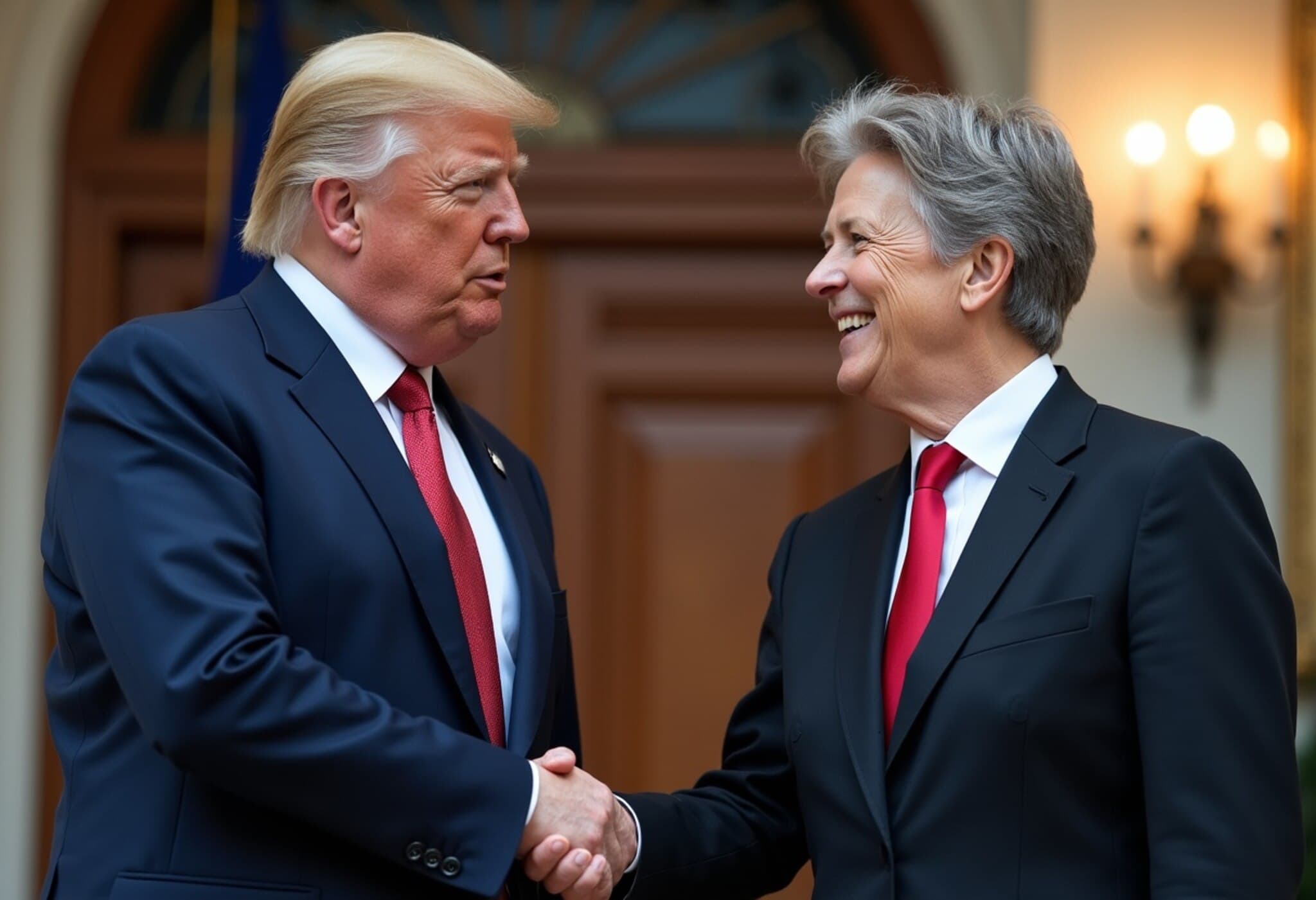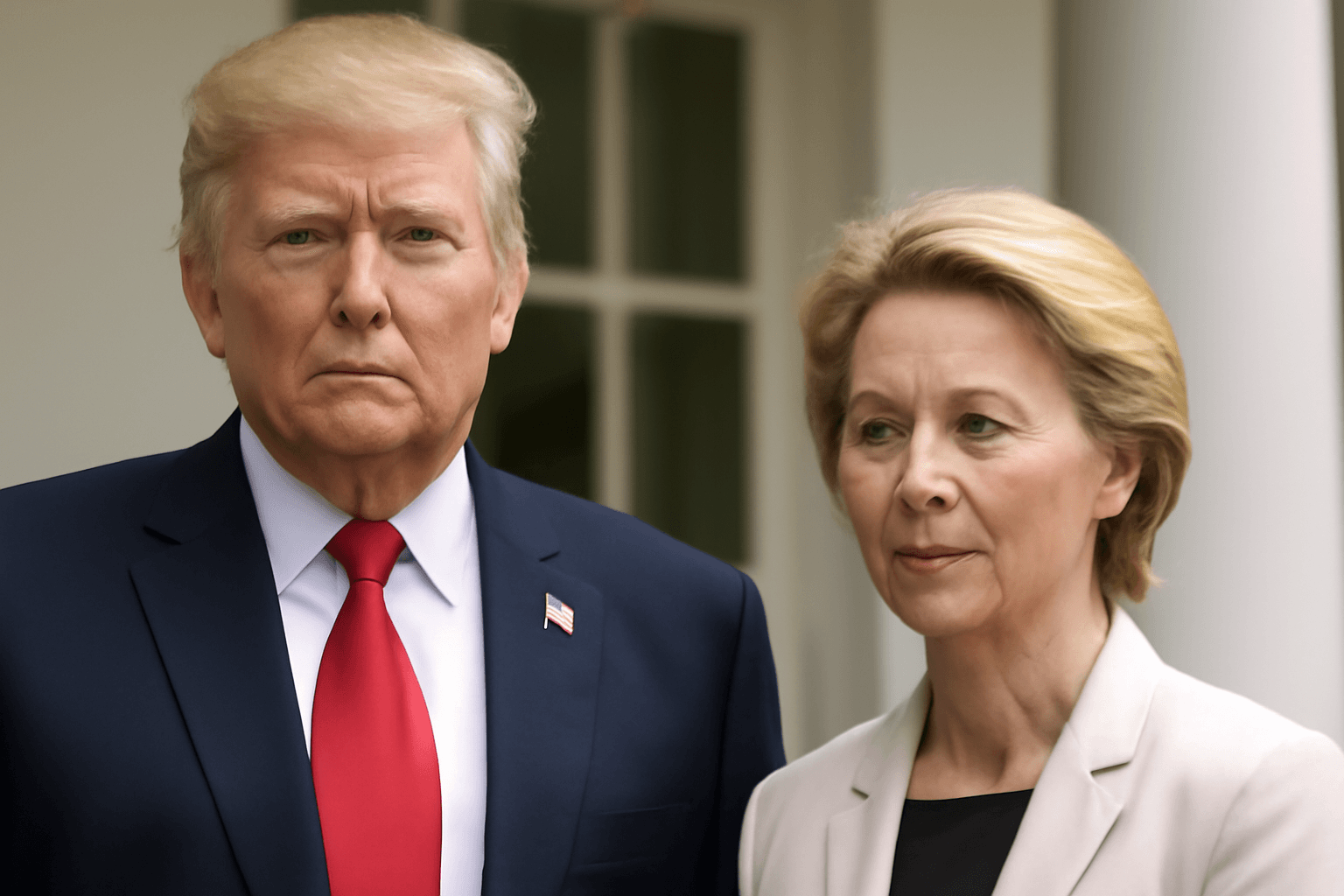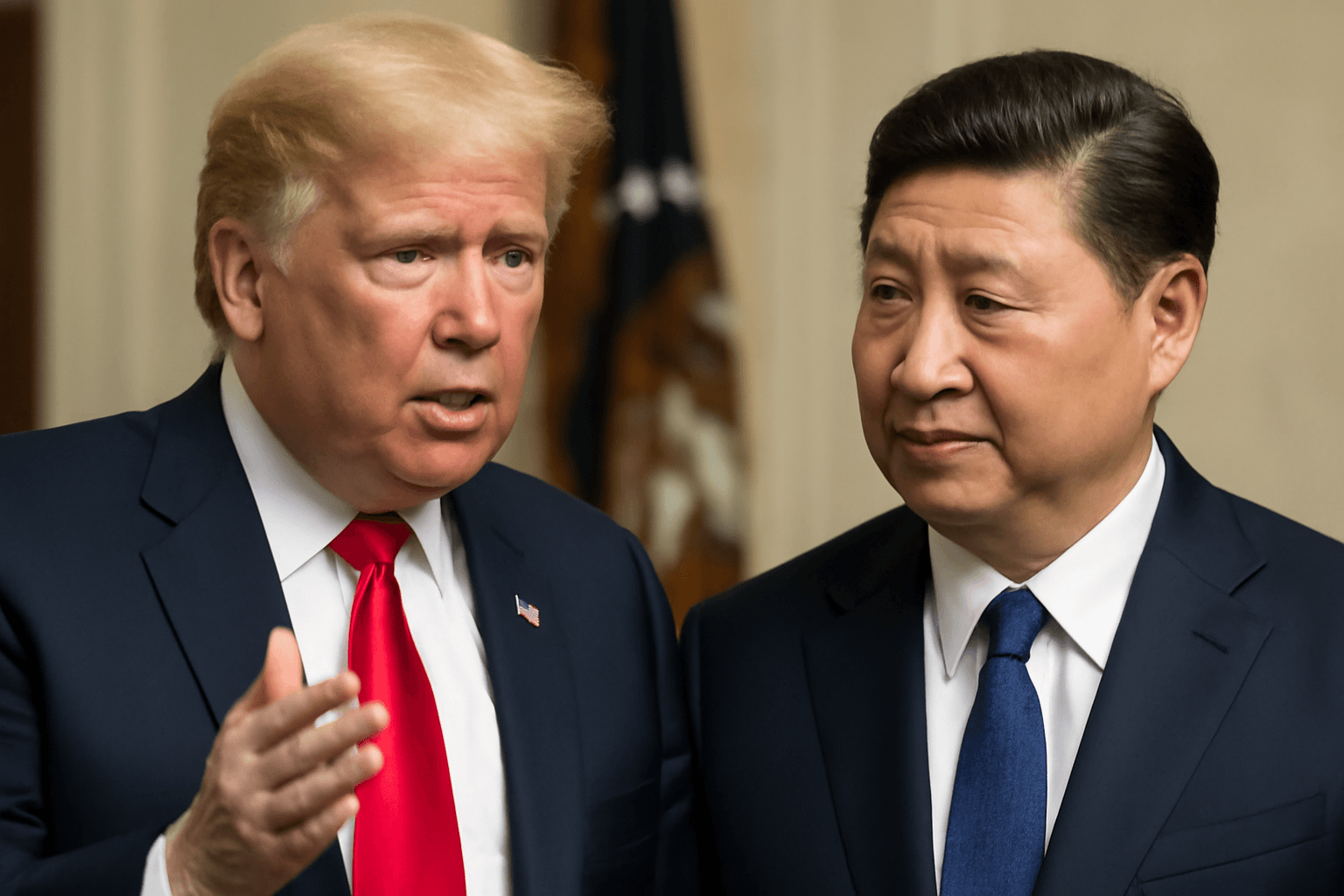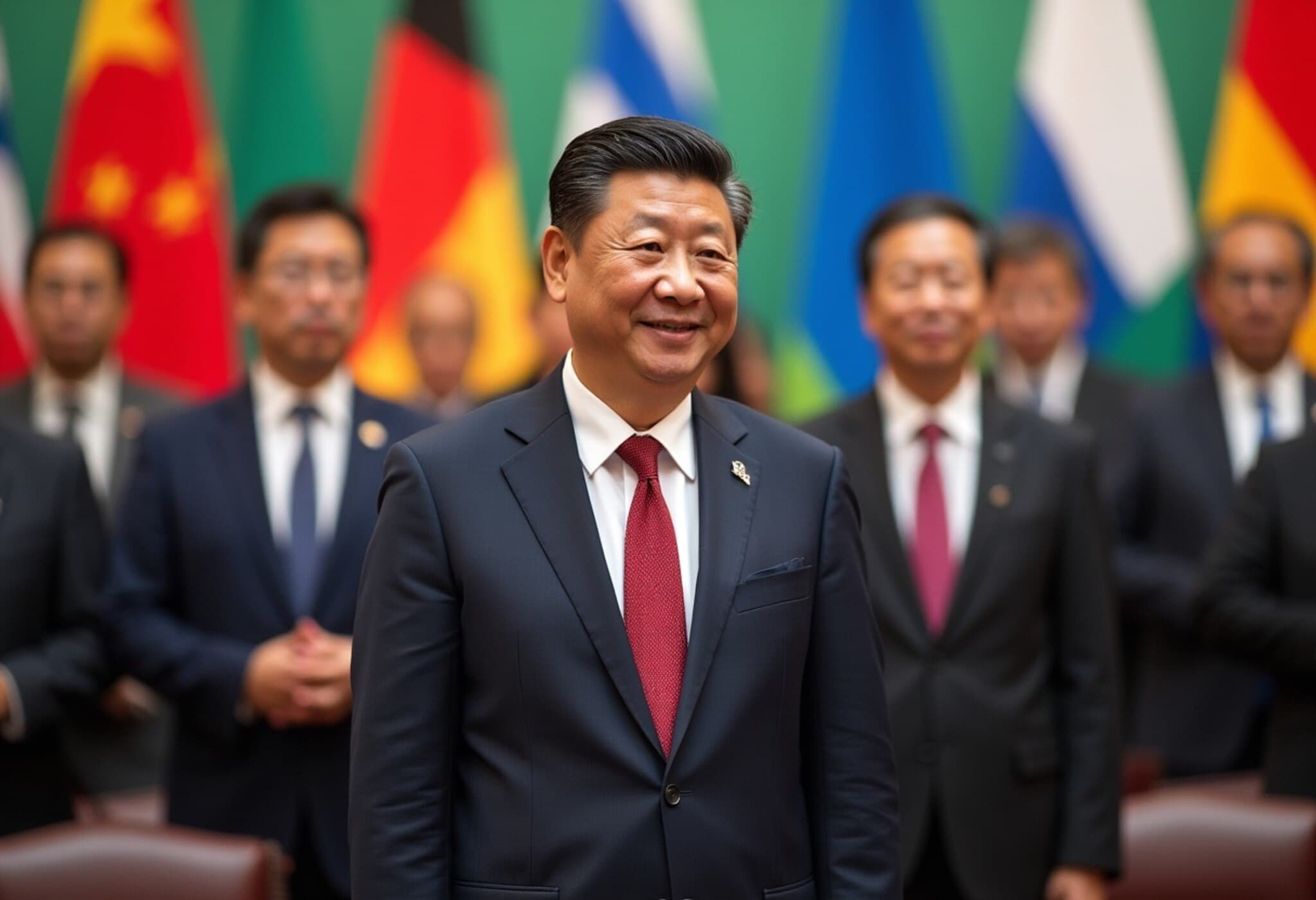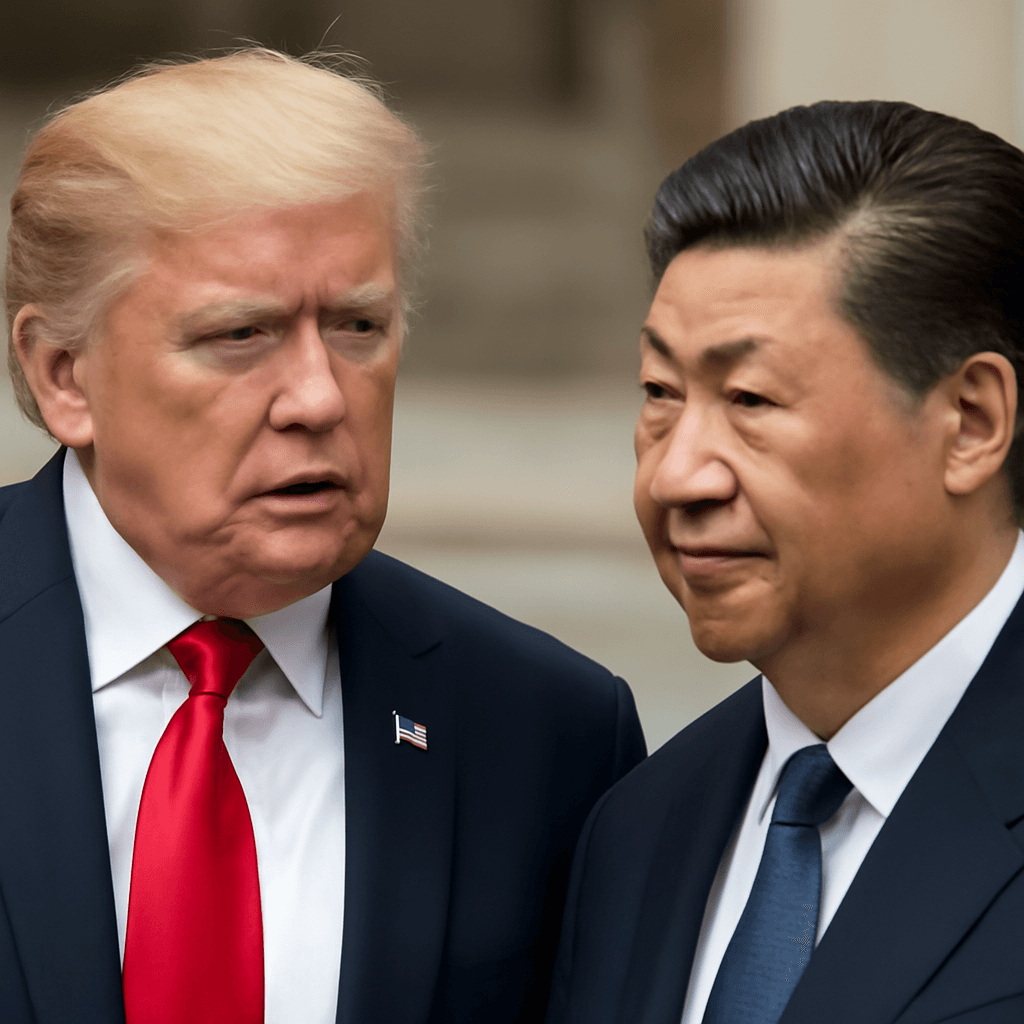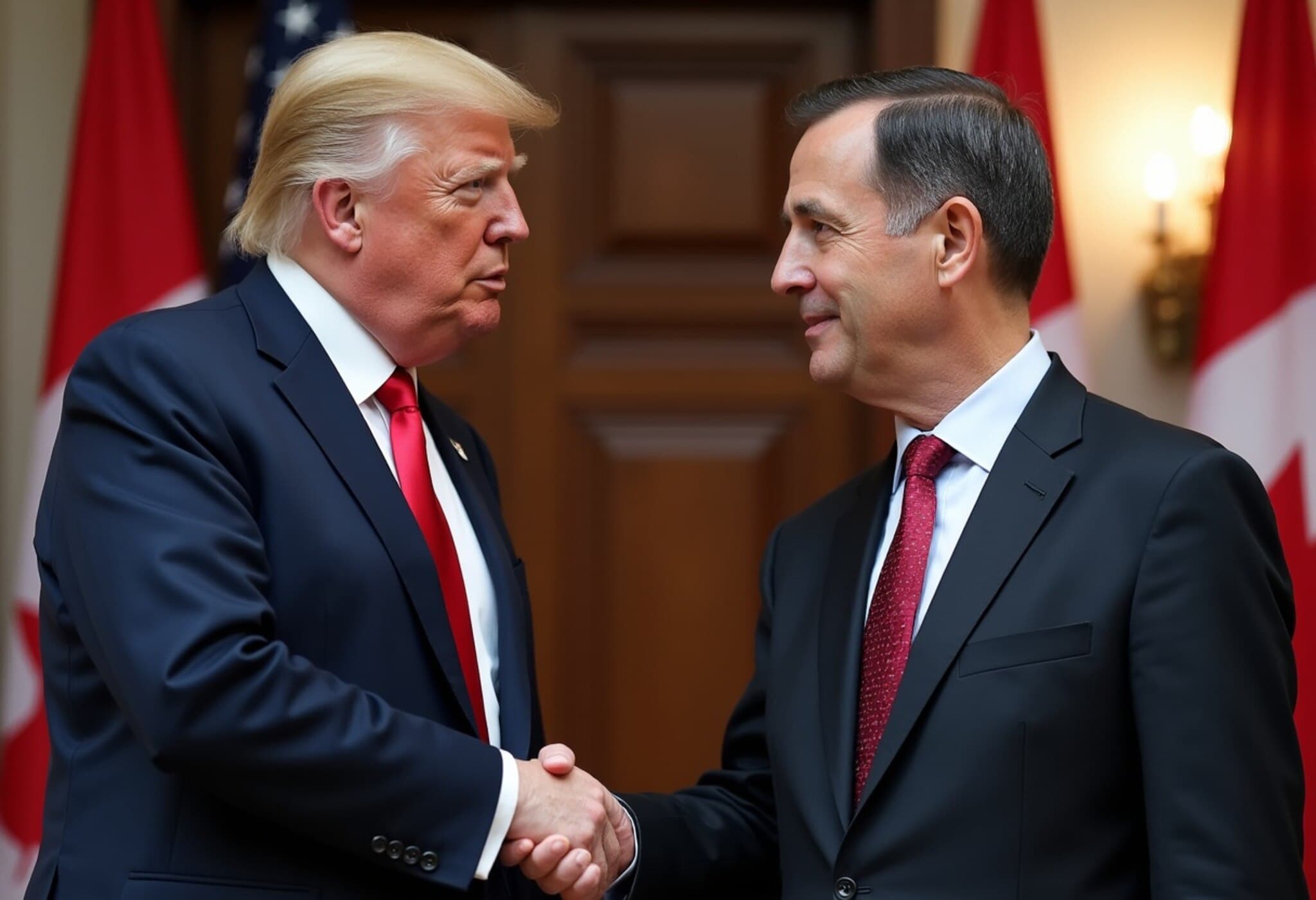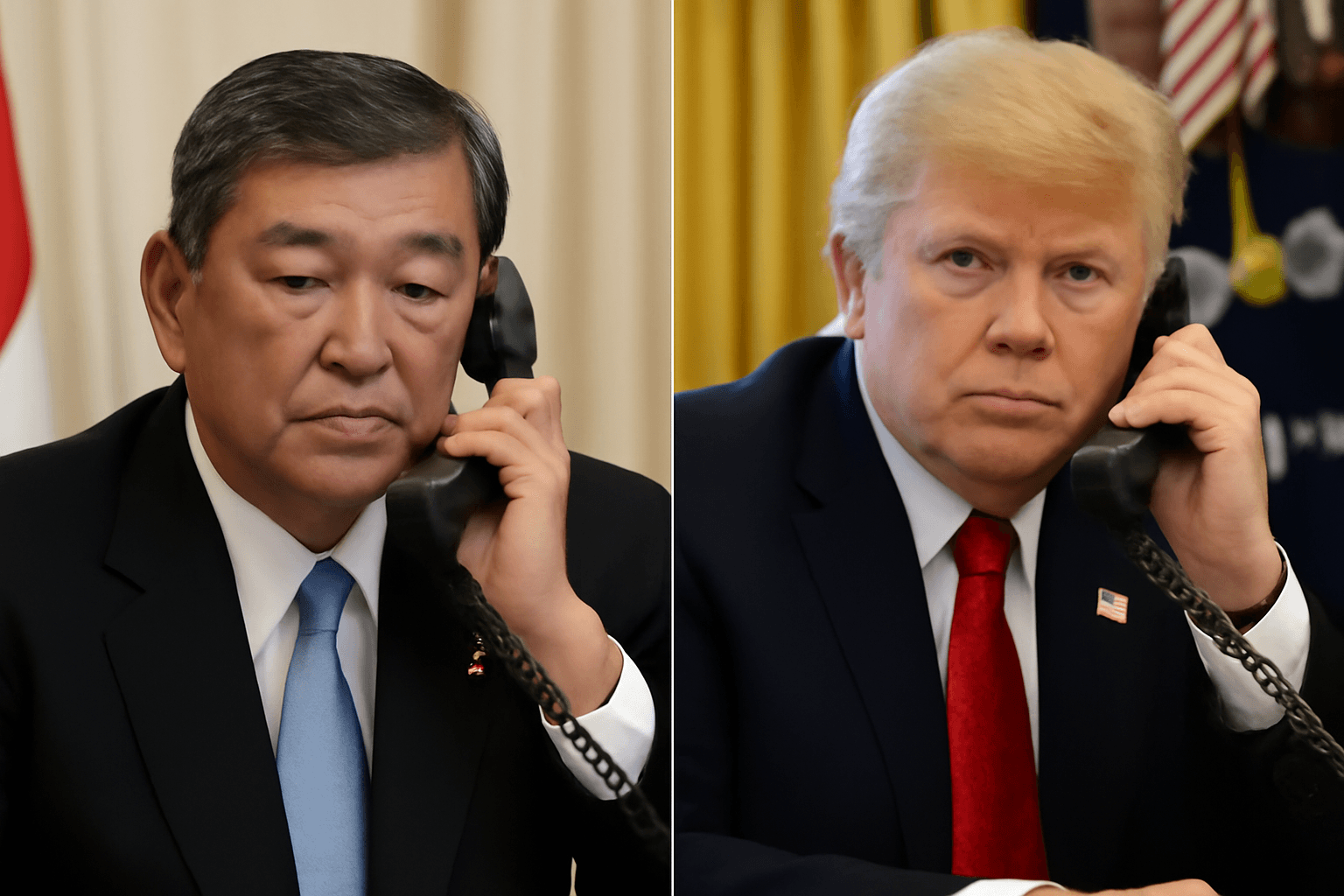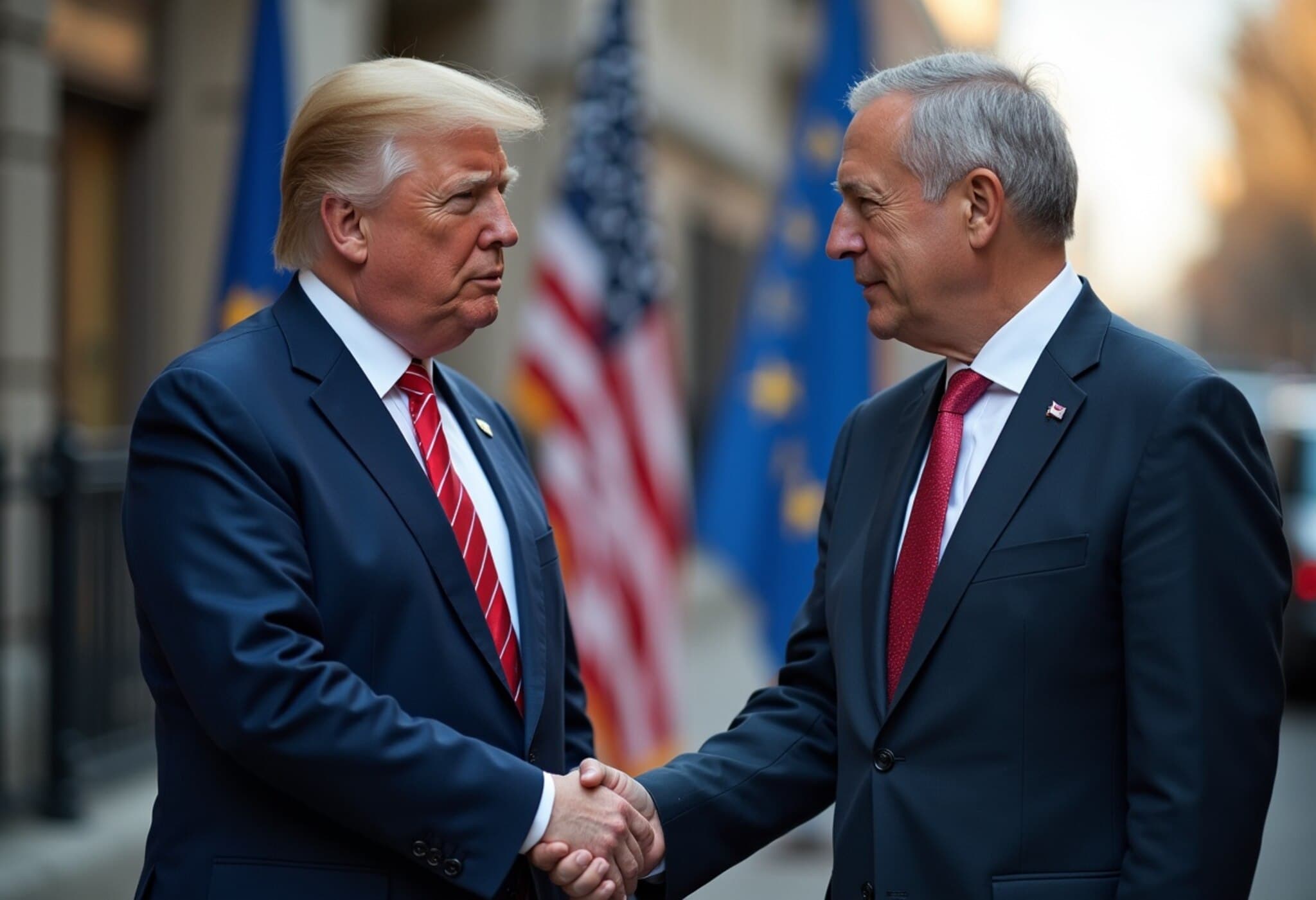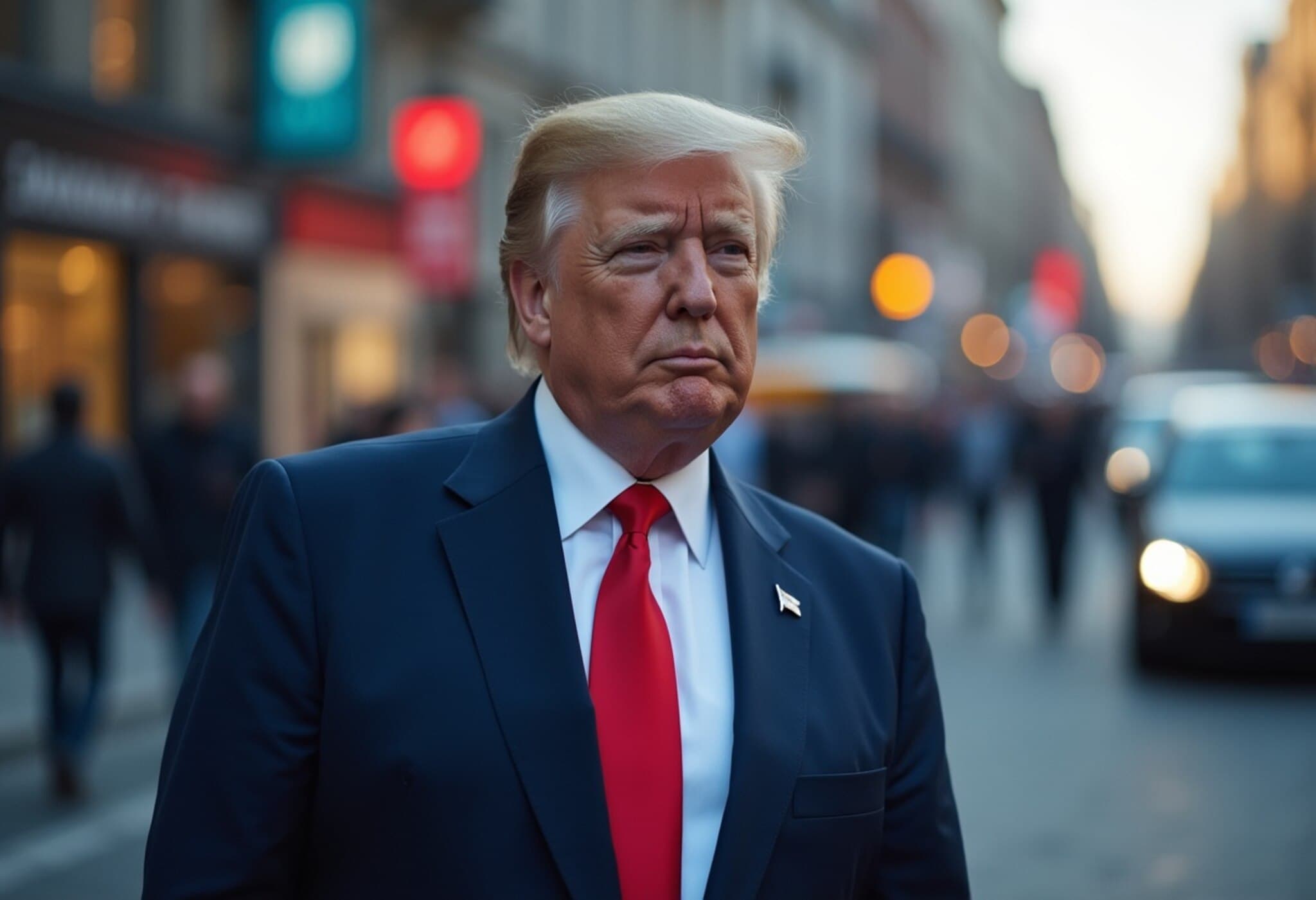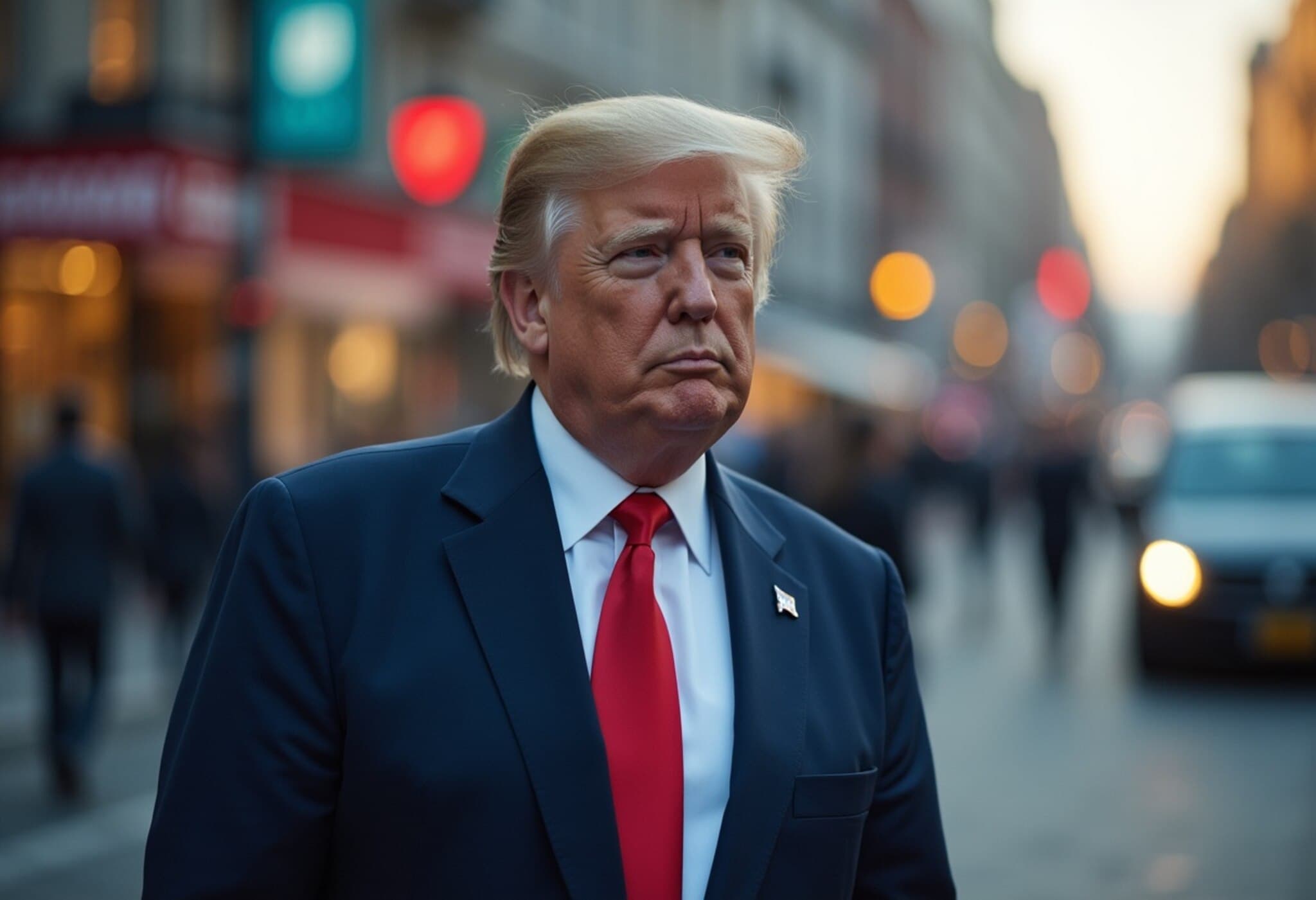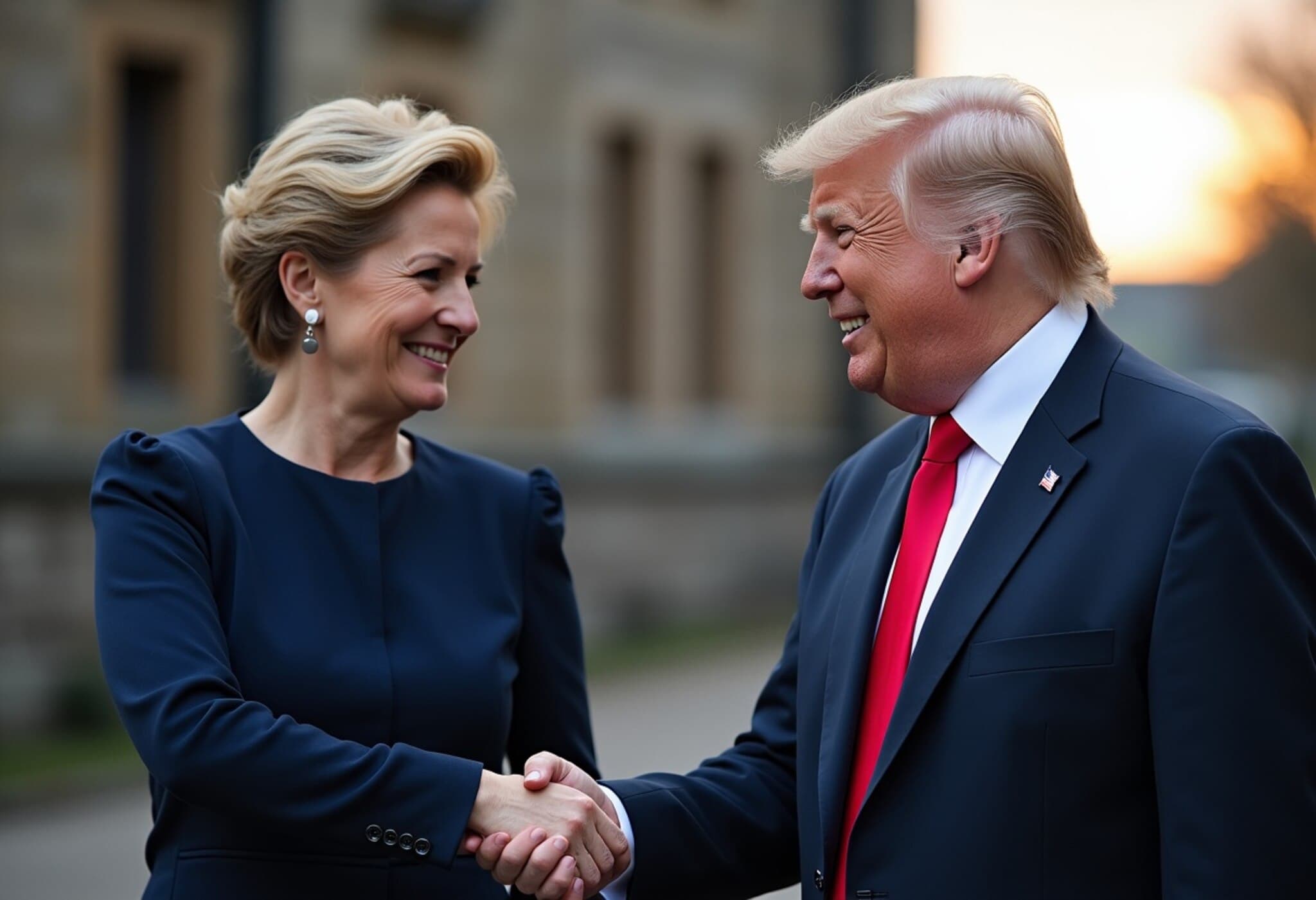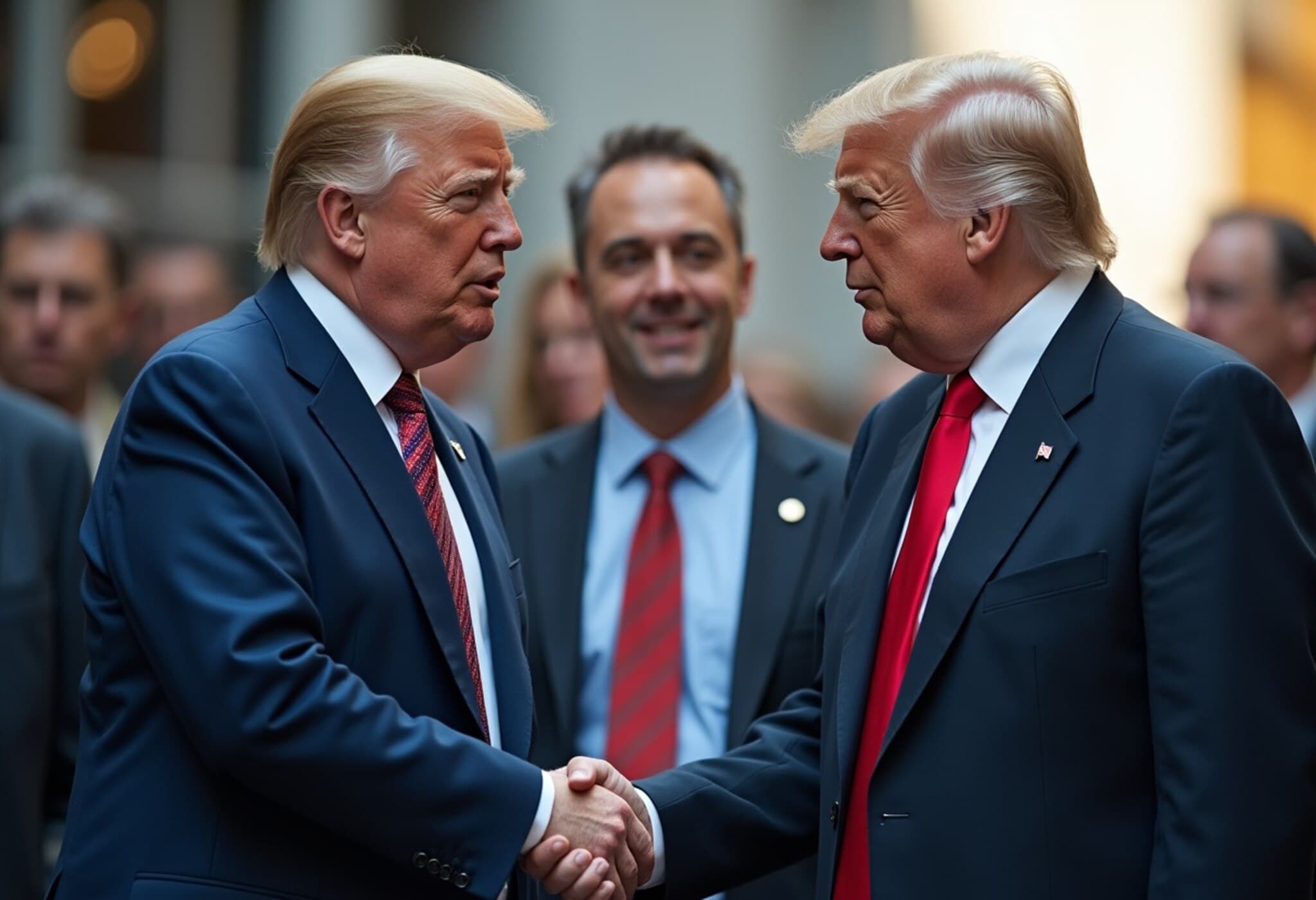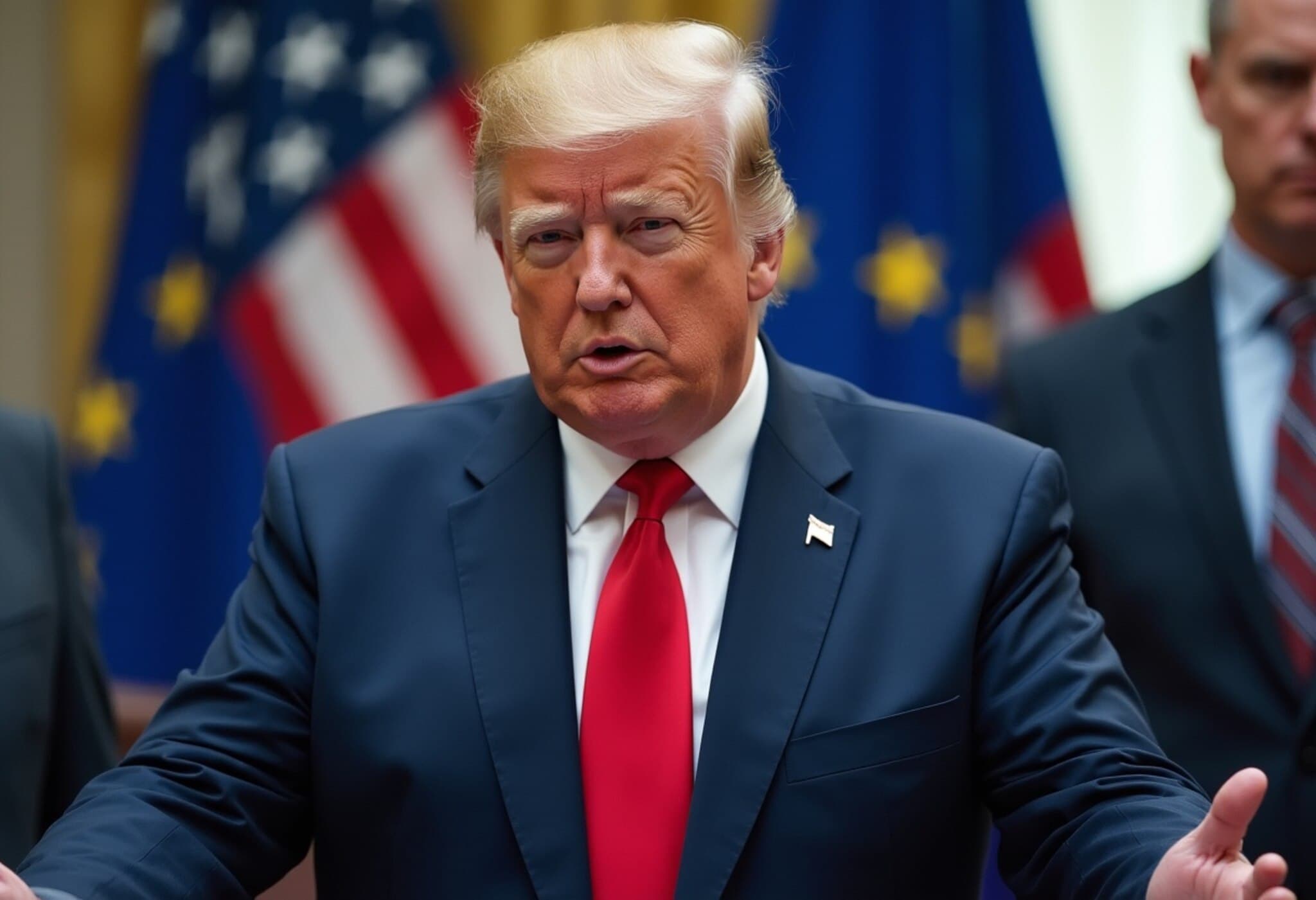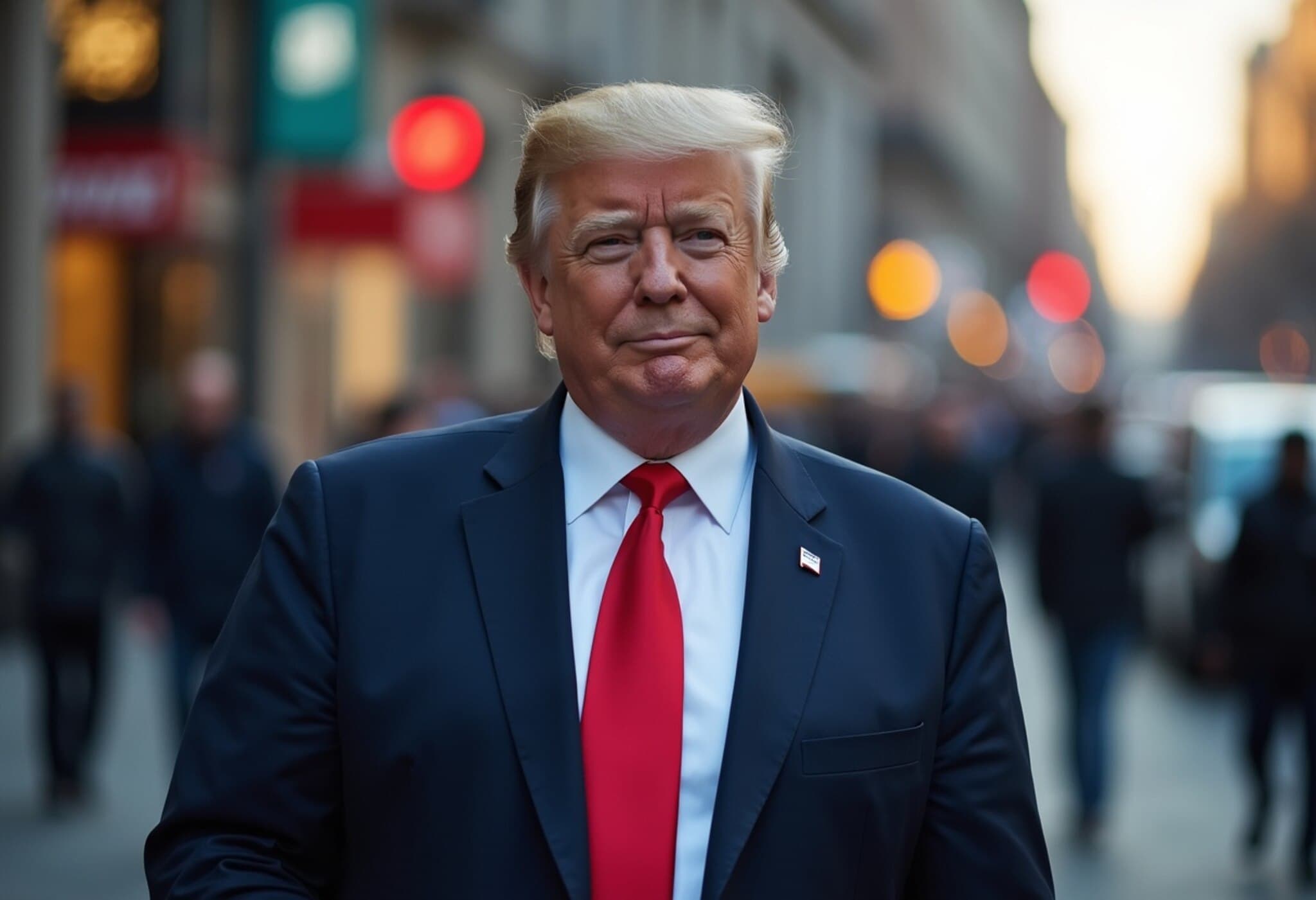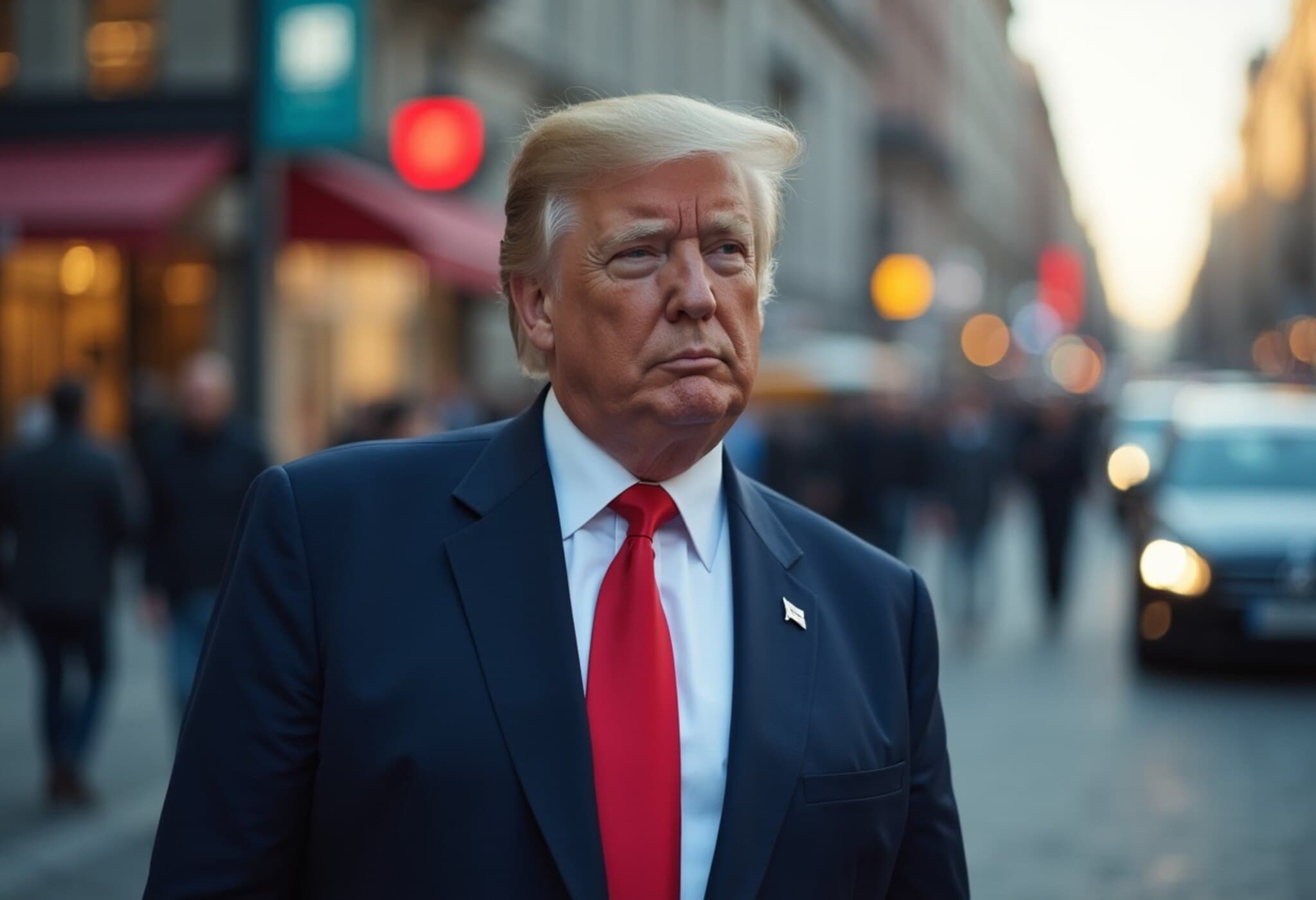Trump and EU Reach Historic Trade Agreement Just Before Tariff Deadline
In a significant development that could reshape transatlantic commerce, President Donald Trump and European Commission President Ursula von der Leyen jointly announced a comprehensive trade deal on July 27, 2025. The agreement comes just days before a looming August 1 deadline for the imposition of steep tariffs, averting a potential trade war between the United States and its largest economic partner, the European Union.
Key Components of the Trade Deal
- 15% Tariffs on Most EU Goods: Lower than Trump’s initially threatened 30%, this rate signals a compromise aimed at safeguarding U.S. industries while maintaining healthy transatlantic trade dynamics.
- $750 Billion in EU Purchases of U.S. Energy: An unprecedented commitment reflecting European efforts to diversify energy sources amid ongoing global energy uncertainties.
- $600 Billion in Investments into the U.S.: This pledge underlines the EU's confidence in the American economy and promises to create jobs and stimulate growth.
Background and Context: Why This Deal Matters
The U.S.-EU trade relationship is a colossal economic partnership valued at nearly €1.68 trillion ($1.97 trillion) in 2024, encompassing both goods and services. Historically, the EU enjoys a surplus on goods while the U.S. leads in services, resulting in a modest overall surplus of around €50 billion favoring the EU. This deal aims to balance these dynamics more equitably.
Months of tense negotiations raised anxieties on both sides, with Brussels preparing retaliatory tariffs on American goods and potentially deploying its so-called “trade bazooka”—a robust counter-tariff arsenal meant to deter unilateral trade actions. The new agreement not only averts this economic brinkmanship but could redefine trade policies for years to come.
Expert Insights: What Lies Ahead?
Trade analysts view this deal as a strategic win for both parties, but also a harbinger of evolving global trade norms amidst increasing protectionism and geopolitical tensions. The EU’s substantial commitments to U.S. energy highlight a pivot in energy security and diversification, likely influenced by ongoing instability in other regions.
However, the 15% tariff rate on European goods still represents a protective stance by the U.S., raising questions about how this might affect global supply chains, consumer prices, and the broader economic recovery post-pandemic.
From a policy perspective, this deal underscores the growing complexity of modern trade agreements where traditional tariff barriers mingle with far-reaching investment and energy commitments. For U.S. lawmakers, this could set a precedent for how trade leverage is used to secure strategic economic advantages.
Voices from the Negotiation Table
President Trump characterized the deal as “the biggest of all the deals,” emphasizing its scale and importance. Ursula von der Leyen acknowledged the toughness of the negotiations while expressing optimism about the partnership’s future, highlighting that the agreement was a result of mutual concessions and shared economic interests.
In the lead-up to the announcement, Trump candidly described the chances of a deal as a “50-50” proposition — a reflection of the delicate diplomatic dance that definied these talks.
What This Means for Businesses and Consumers
- For U.S. businesses: The $600 billion investment commitment could open new avenues for expansion and innovation.
- For European exporters: Though facing a new 15% tariff, the avoidance of steeper tariffs preserves critical market access.
- For consumers: The deal’s tariff framework may prevent dramatic price hikes on imported goods, balancing economic interests and affordability.
Editor's Note: A New Chapter in U.S.-EU Trade Relations
This landmark agreement represents more than just numbers and tariffs; it is a testament to the power of diplomacy in stabilizing one of the world’s most significant economic relationships amid uncertain global conditions. While the deal brings immediate relief and opportunities, it also raises critical questions about the future trajectory of international trade policies, energy security, and investment flows.
Will this framework pave the way for a more collaborative and balanced trade environment, or will the underlying tensions resurface as economic landscapes evolve? Stakeholders—from policymakers to investors and consumers—should watch closely how this treaty unfolds in practical terms over the coming months.
As the global economy navigates shifting power dynamics and emerging challenges, this U.S.-EU deal could serve as a vital blueprint or a cautionary tale for transnational cooperation in the 21st century.
Stay tuned for ongoing coverage and analysis as this story develops.

